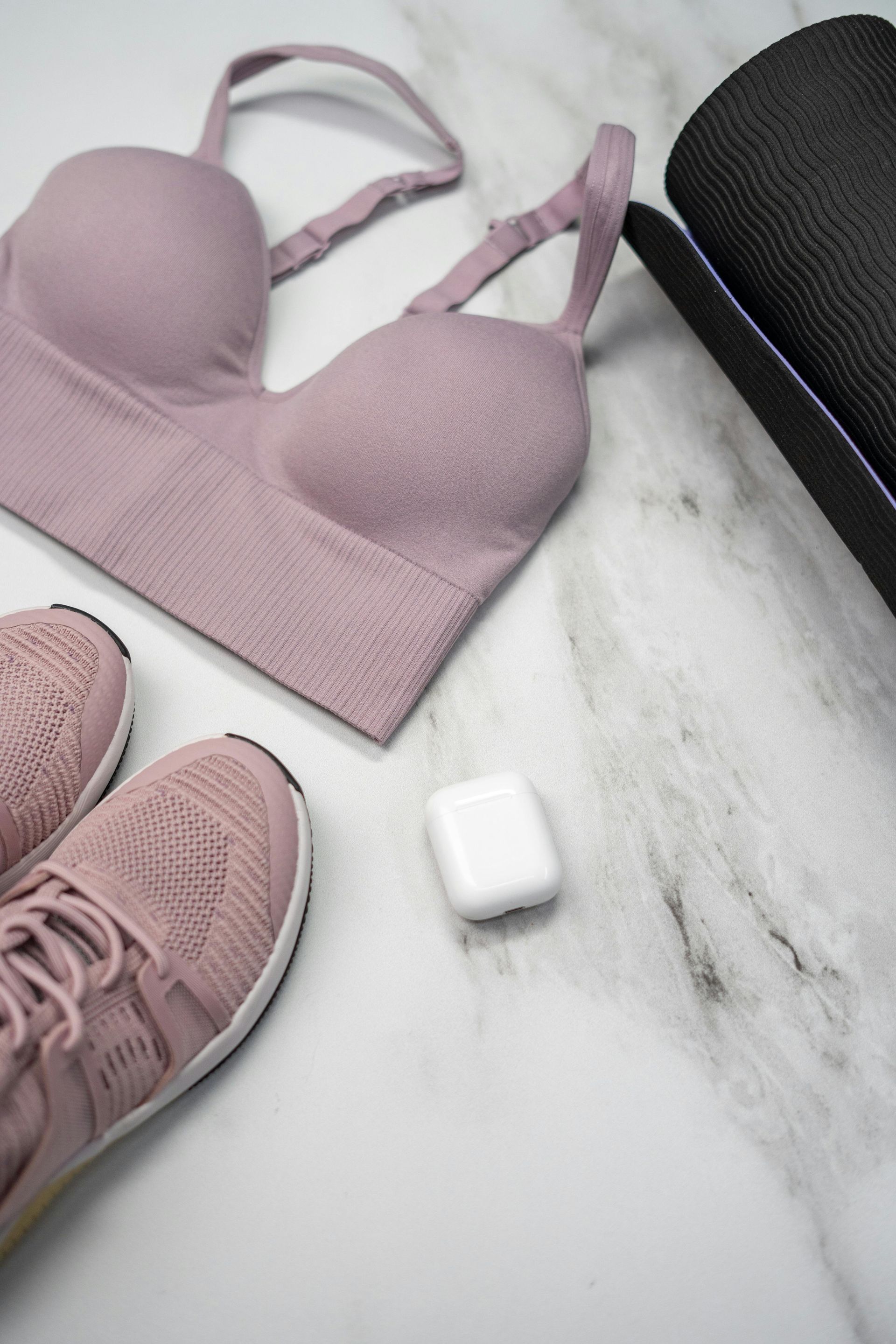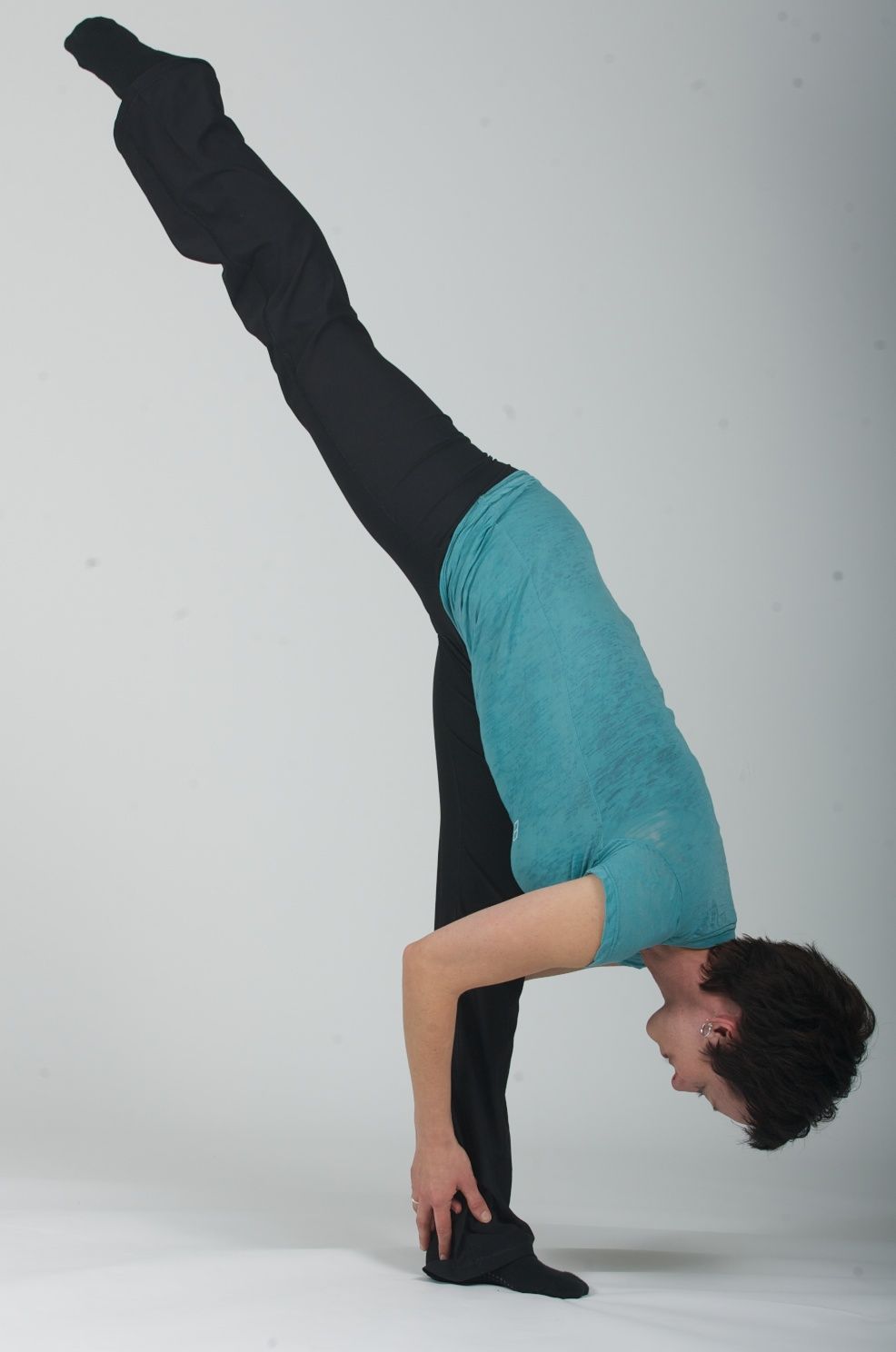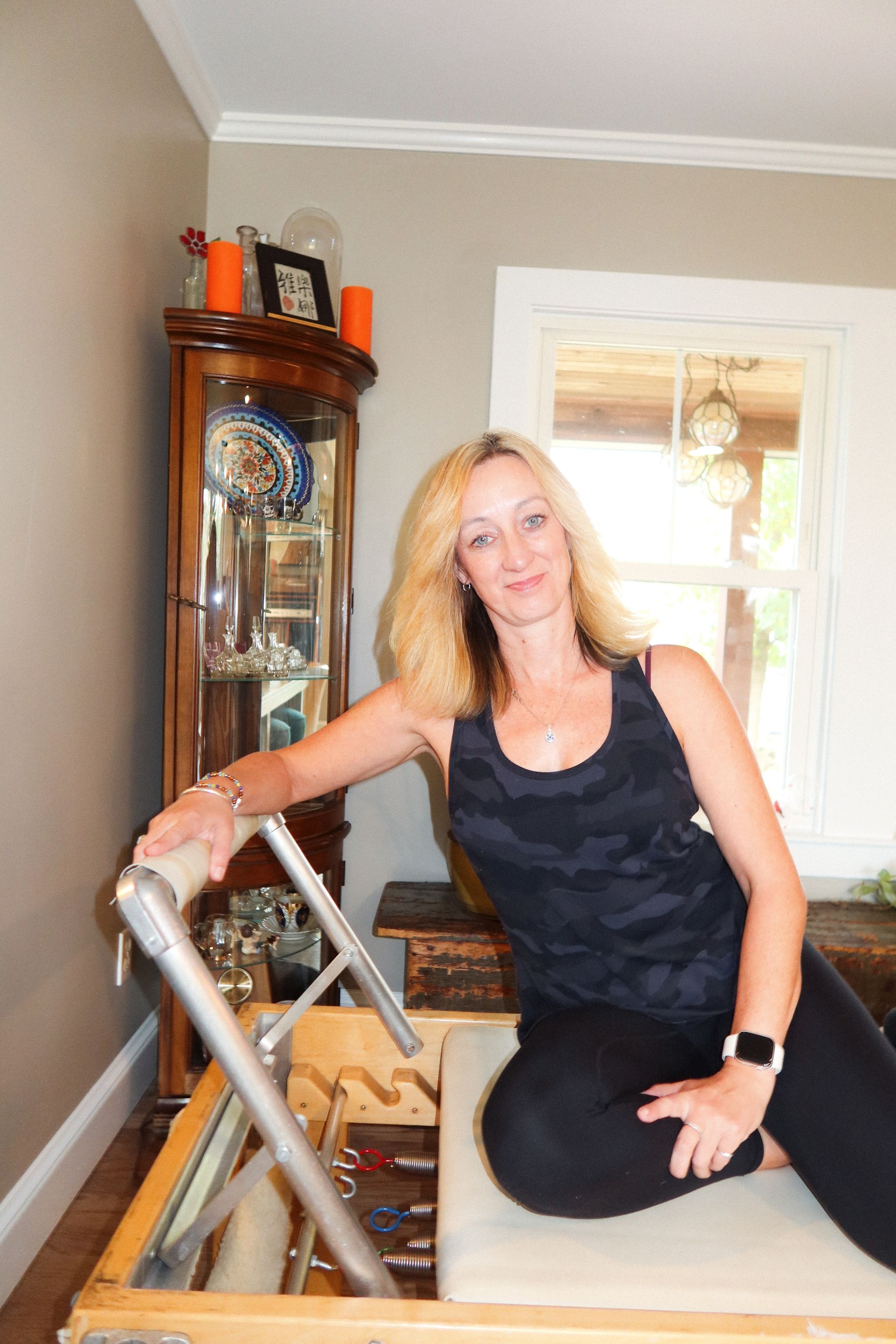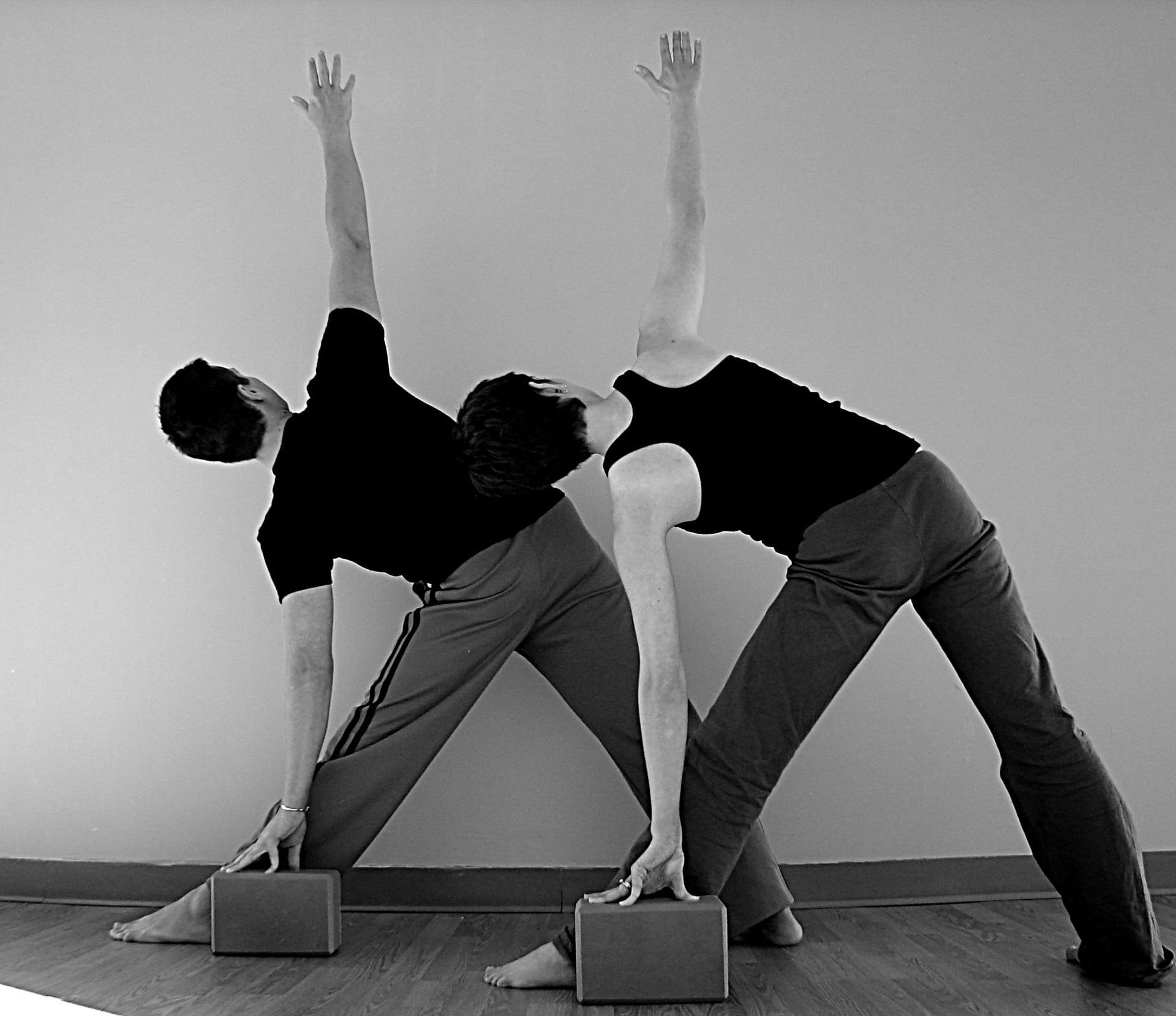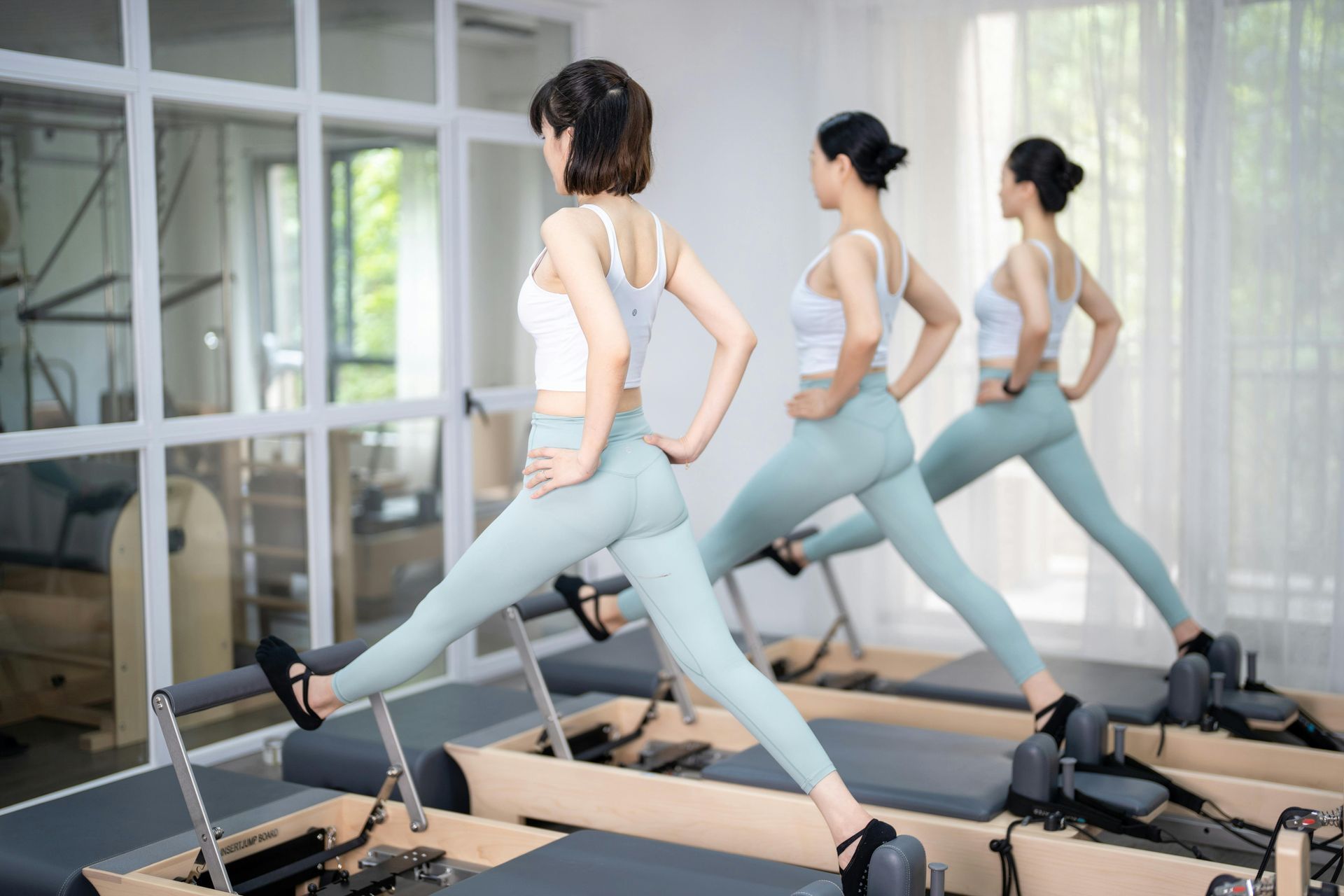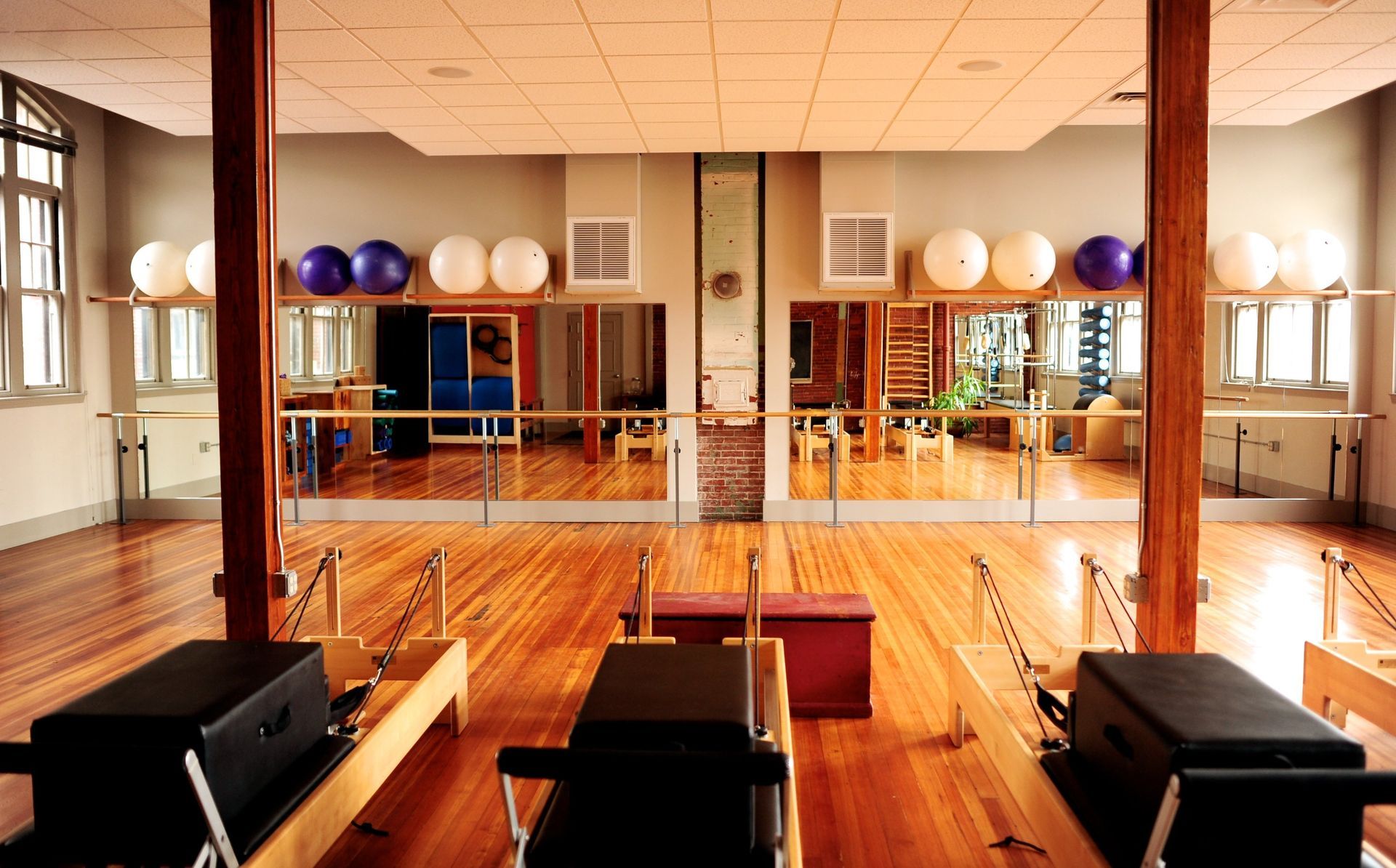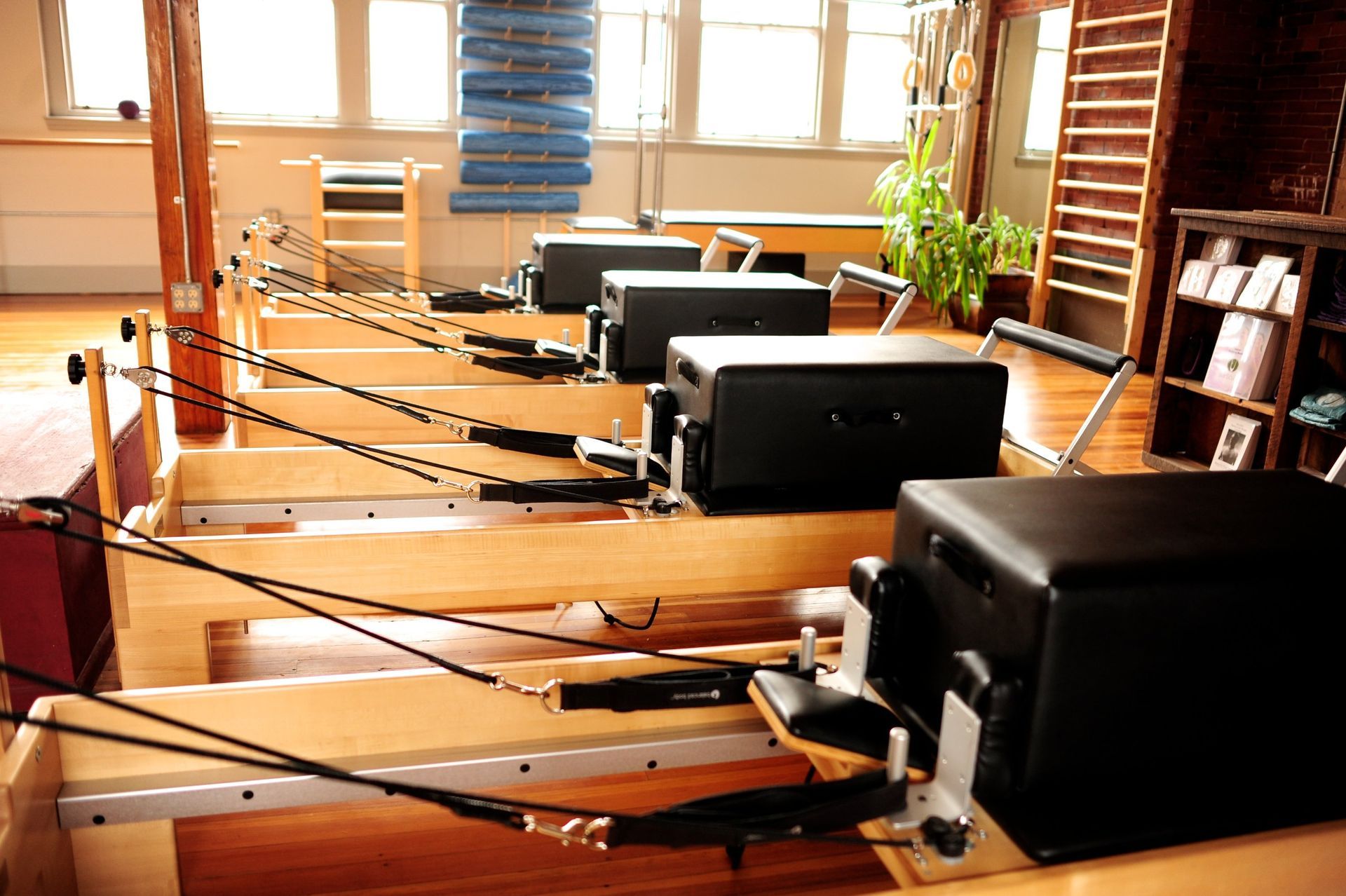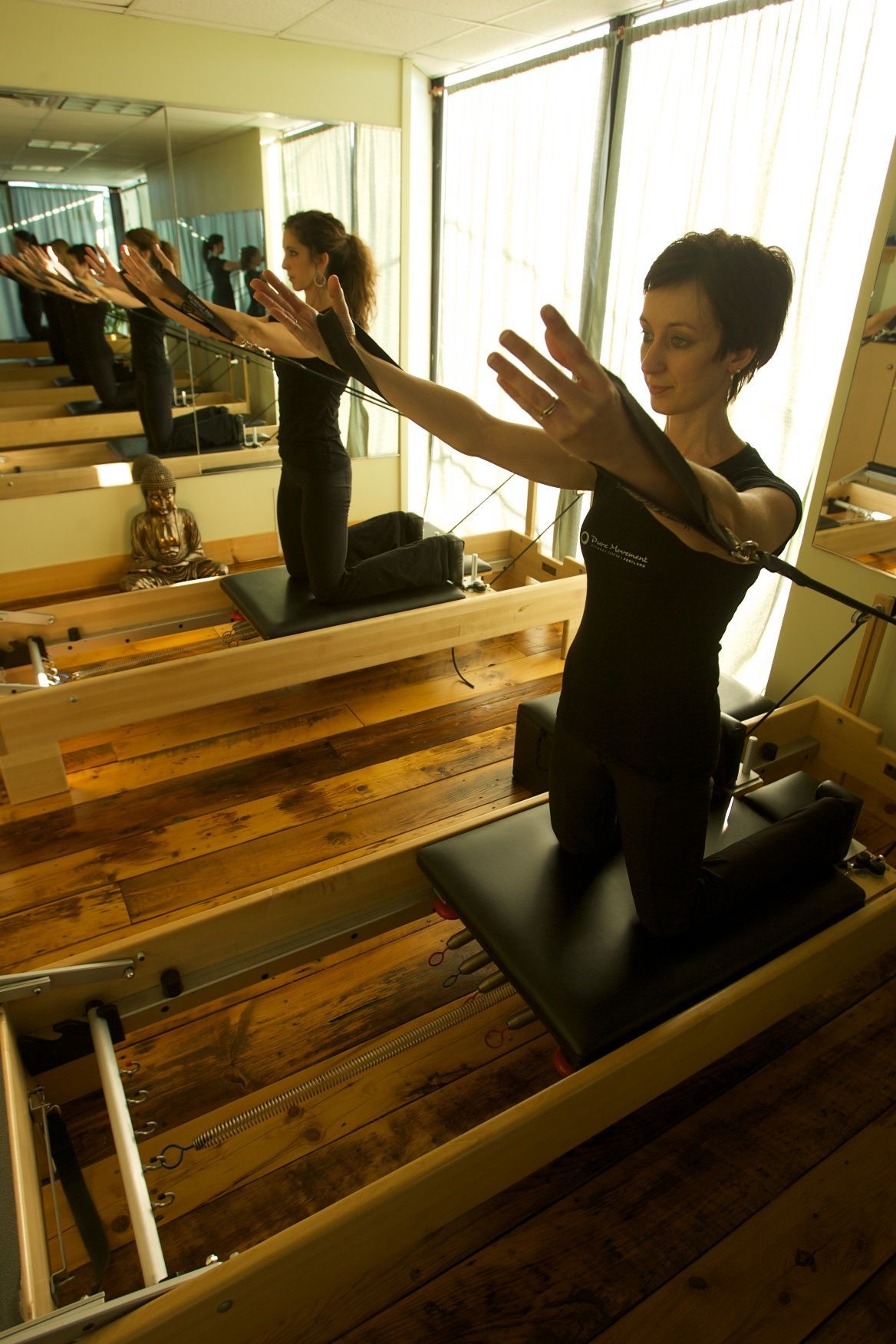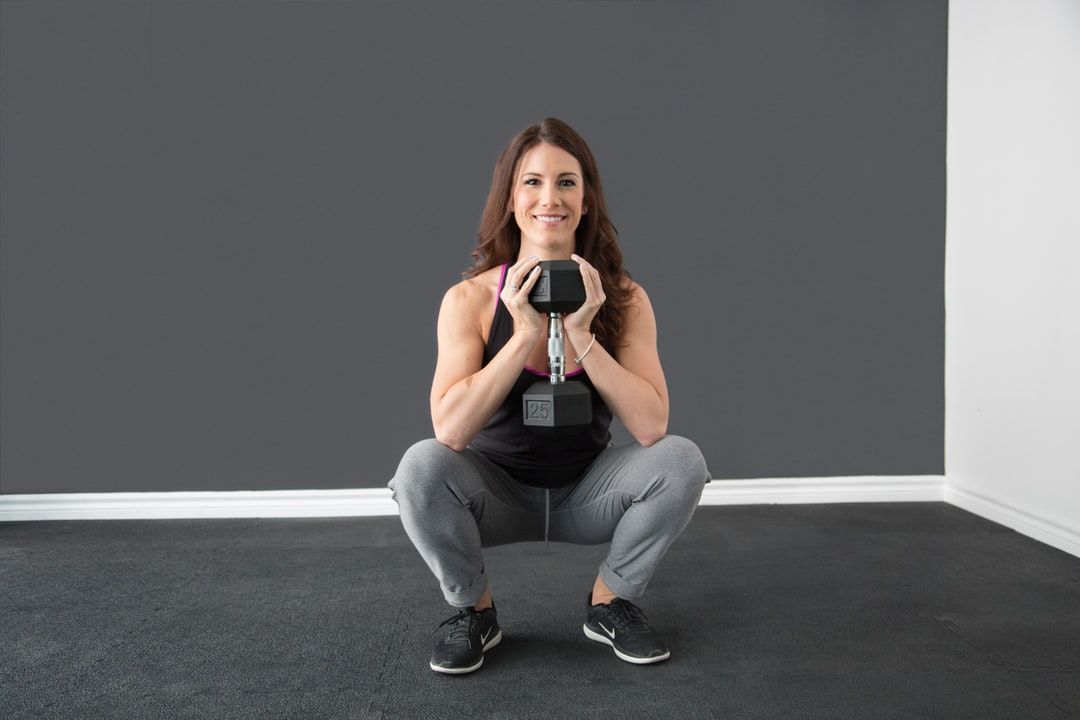How to count the hundred
Without Losing Your Mind (or Bruising Your Thighs)

"The Hundred” is one of Pilates’ most iconic exercises — it’s rhythmic, powerful, and the perfect way to ignite circulation and heat at the start of a session. Yet for teachers, one of the biggest challenges isn’t the movement itself — it’s the counting.
You’ve seen it: teachers slapping their thighs, snapping fingers, or using elaborate hand gestures to track where they are in the sequence. It can look like a performance — sometimes even a small panic — as the teacher juggles counting, cueing, breathing, and watching form all at once.
But counting shouldn’t be stressful. It shouldn’t pull you away from your clients or make you lose focus on alignment.
There’s a simple, effective way to count that keeps your rhythm, keeps your voice calm and clear, and lets your clients feel progress and pacing without distraction.
Let’s talk about how to count the Hundred — intelligently, rhythmically, and professionally.
Why Counting Matters
The Hundred is about rhythm, endurance, and control. It’s one of the few Pilates exercises where breath and count are truly married together in a fixed structure:
- Inhale for five counts.
- Exhale for five counts.
- Repeat ten times to reach a total of 100 beats.
This pattern builds stamina, heat, and concentration. But when the teacher’s counting is inconsistent — or drowned out by thigh-slapping or finger-snapping — the flow breaks. Clients lose their focus and the mind-body connection weakens.
Good counting sets the pace of the class. It gives clients something steady to follow — a pulse that helps their muscles, breath, and concentration stay synchronized.
And as a teacher, it allows you to stay present with your class rather than tangled in your own rhythm.
The Problem With Traditional Counting Habits
If you’ve ever tried to count the Hundred while watching form, offering cues, and staying on breath timing, you know how quickly your brain fills up.
That’s when the old habits come in — the ones many of us were taught early in our careers:
- Slapping your thigh to keep track of sets.
- Snapping your fingers with every five counts.
- Holding up fingers to show clients how far they’ve gone.
While these methods might seem helpful, they have some serious downsides:
- They’re distracting.
Every snap or slap pulls focus — yours and your clients’. The Hundred is about internal rhythm, not external noise. - They disconnect you from the movement.
When your hand is busy counting, you’re not observing your clients’ alignment or adjusting your own body language for teaching. - They create unnecessary tension.
Physical gestures like thigh-slapping can interrupt your breath and body control. In some cases, they even cause a literal bruise after a long day of teaching! - They can feel unprofessional.
Clients may not say it, but visual or auditory counting tics can be distracting — especially in small, quiet studios where every sound carries.
It’s time to replace these habits with something cleaner, calmer, and more effective.
A Better Way: The Verbal Breath-Count Method
Instead of external gestures or keeping a mental checklist of sets, try using your voice and breath as your internal metronome.
Here’s how it works:
- Start with your first inhale.
Say: “Inhale — my number one.”
This identifies the start of your first set and keeps you anchored to both breath and count. - Count your five pulses internally (or softly aloud).
“Two, three, four, five.” - Say your exhale cue:
“Exhale — two, three, four, ten.”
By ending on ten, you’ve completed your first set of ten pulses. - Continue this pattern:
Each set you end by naming your cumulative number — 20, 30, 40, and so on — until you reach 100.
So your pattern sounds something like this:
“Inhale — my number one, two, three, four, five. Exhale — two, three, four, ten.”
“Inhale — two, three, four, fifteen. Exhale — two, three, four, twenty.”
…and so on, until…
“Inhale — two, three, four, ninety-five. Exhale — two, three, four, one hundred.”
This rhythm keeps you connected to the breath, keeps your voice clear, and eliminates the need for gestures or visual markers.
Why This Method Works
1. You Stay Mentally Present
You’re counting in real time, with your own voice leading the breath pattern. Because the number is tied to breath, not gesture, you stay synchronized with your clients and can actually watch them.
2. Your Clients Feel Progress
When clients hear “forty,” “sixty,” “eighty,” they know where they are in the set. They feel the build and can push with purpose. It gives structure without you having to narrate every beat.
3. It’s Quiet and Professional
No thigh slaps, no snapping, no hand gestures. Just breath and rhythm — exactly what Pilates is about.
4. It Encourages Breath Awareness
Because your count is linked to inhale and exhale cues, your clients’ breathing naturally stays in sync with the exercise. The Hundred becomes smoother, calmer, and more controlled.
5. You Avoid Over-Counting
You don’t need to say every number. Between sets, you can layer in teaching cues or motivation without losing rhythm.
Combining Counting With Cueing
Your clients don’t want to hear you say “two-three-four-five” for the entire exercise. They need direction — reminders about alignment, energy, and control.
The key is to weave your cues into the rhythm of your count. Use your breath count as the underlying pulse and speak to it. For example:
- “Inhale — my number one, keep the chin in, two, three, four, five.”
- “Exhale — reach through the legs, two, three, four, ten.”
- “Inhale — push your legs longer, thirty. Exhale — scoop deeper, forty.”
By aligning your cueing with the natural 5-count breath rhythm, your teaching stays musical and connected. You never sound rushed, robotic, or overly chatty.
The Rhythm of the Hundred
At its best, The Hundred feels like movement meditation. The sound of your voice sets the pace; your tone regulates the group’s energy.
When you count calmly, everyone breathes calmly.
When your rhythm is confident, the group feels confident.
When you’re present, so are they.
It’s not about volume — it’s about cadence.
A strong, steady tempo builds consistency and trust.
Tips for Teaching the Hundred with Voice and Breath
- Establish Your Own Rhythm First
Practice this method on your own mat. Learn what tempo feels steady and sustainable for you. Don’t rush — aim for calm precision. - Count Softly at First
Early on, say all your counts aloud. Over time, you’ll learn to weave your cues in naturally and drop unnecessary numbers. - Watch the Group, Not Your Count
Once you internalize the rhythm, keep your eyes on your clients. Your job is to see — not to count like a metronome. - Mark Progress Clearly
Clients love hearing where they are. Mark your tens — “thirty,” “sixty,” “ninety” — with slightly more emphasis so they feel the finish line approaching. - Layer in Alignment Cues
Examples:
- “Inhale — keep the shoulders down, two, three, four, five.”
- “Exhale — push the legs long from the hip, two, three, four, ten.”
- “Inhale — stay lifted, chin in, seventy. Exhale — reach through your fingertips, eighty.”
- Avoid Singing or Performing
Keep your voice natural and warm. Clients don’t need a show; they need steadiness.
What to Avoid
- Counting every number aloud: It’s overkill and leaves no space for guidance.
- Losing track and restarting: Your calm demeanor disappears when you break flow to “find your place.”
- Speeding up as you tire: Stay consistent; don’t let energy or class dynamics dictate your rhythm.
- Loud cues that override breath: Keep the breath audible — that’s part of the exercise.
Beyond Counting: The Energy of the Hundred
Ultimately, how you count shapes how clients experience the Hundred.
- If your counting is frantic, the exercise feels frantic.
- If your counting is steady and confident, the group moves in harmony.
- If you integrate clear breath and calm direction, clients feel grounded — even in the intensity.
Counting is leadership. It’s rhythm, pacing, and presence.
The more skilled you become at how you count, the more authority and ease you’ll bring to your teaching.
So let go of the slapping, snapping, and finger gymnastics. Trust your breath, trust your voice, and count like a professional.
Because when the breath leads, the body follows — and the Hundred becomes what it was always meant to be: a celebration of rhythm, precision, and control.
